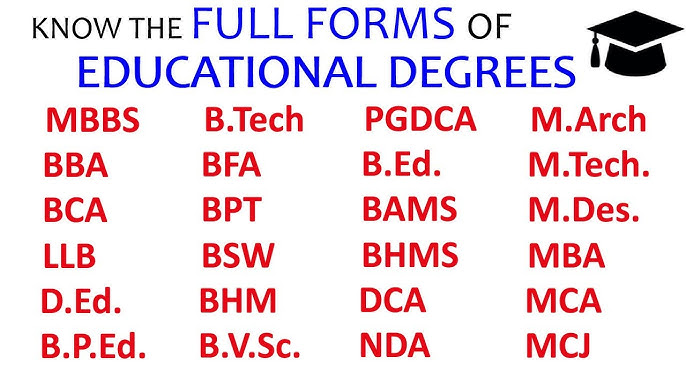K. Raviraja Pandian, J.@mdashThese appeals are at the instance of the Revenue filed against the order of the Income Tax Appellate Tribunal, Madras "D" Bench, dated September 22, 2004, in I. T. A. Nos. 615, 619 and 620/Mds/97.
2. The facts of this case are as follows : The assessment of the assessees for the assessment year 1991-92 was completed u/s 143(3) of the Income Tax Act, 1961, on March 31, 1994, on a total income of Rs. 1,71,110, Rs. 1,79,570 and Rs. 3,36,390. While completing the assessment, the Assessing Officer found that the assessee had claimed the sale proceeds of silver oak trees standing in the coffee estate as not liable to capital gains tax. The Assessing Officer, relying on the decision of the Supreme Court reported in
3. These appeals were admitted on August 4, 2008, on the following substantial question of law:
Whether, on the facts and in the circumstances of the case, the Income Tax Appellate Tribunal was right in holding that the receipts from the sale of old silver oak trees which were shade trees in the assessee''s coffee estate and which have outlived their normal life and which were posing a threat to the existing coffee plants, as agricultural income and not assessable under the head ''Capital gains'' ?
4. Heard the learned Counsel for the Revenue and perused the order of the Tribunal.
5. Learned Counsel for the Revenue admits that the tax effect involved in this case is less than Rs. 2 lakhs which is the monetary limit for preferring an appeal by the Revenue, prescribed by the Central Board of Direct Taxes by its Circular F. No. 279/126/98-IT, dated March 27, 2000.
6. A Division Bench of this Court in the case of
7. It is not the case of the Revenue that the issue involved in these appeals before the Tribunal fall within any one of the exceptions provided in the circular.
8. It may be noted that this Court considered a similar issue in the case of
We are of the considered view that none of the exceptions stated in the circular are applicable to the facts of the present case. The circular was stated to be issued by invoking the statutory power u/s 119 of the Income Tax Act. The appeal is filed u/s 260A of the Income Tax Act. It is well-settled principle of law that each and every provision of a statute has to be given the same importance. One provision cannot be elevated to a higher pedestal than the other provision, of course, unless or otherwise specifically stated either in the scheme, the Act or in the provision itself that a particular provision is subjected to or qualified by any other provision or the provision can be given effect to notwithstanding anything contained in any other provisions by assigning overriding effect. Hence, the contention that notwithstanding the circular, which was issued u/s 119 of the Income Tax Act, the appeal could be filed by the Revenue u/s 260A has to be rejected for the reason that if the contention is accepted, one of the sections would become virtually otiose and that cannot be the intention of the law makers.
9. Thus, following the long line of case law reported in
10. The said judgment of this case of
11. These appeals have been filed on July 22, 2008 and July 28, 2008. Hence, the circular dated March 27, 2000 is binding on the Revenue. In the light of the submission made by the learned senior counsel for the Revenue that the tax effect involved in this case is less than Rs. 2 lakhs, the limit prescribed under the abovesaid circular dated March 27, 2000 the appeals are dismissed. No costs.

